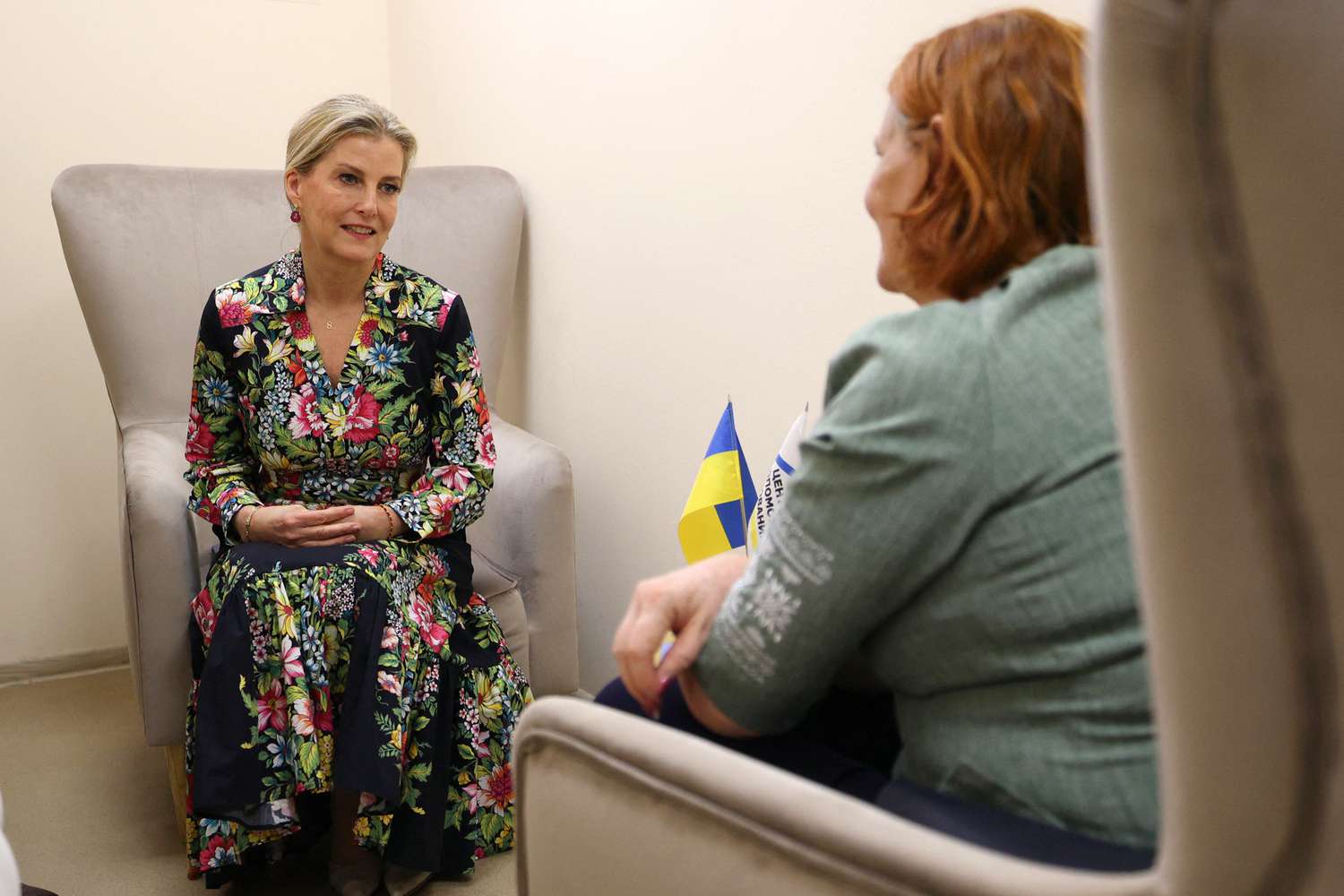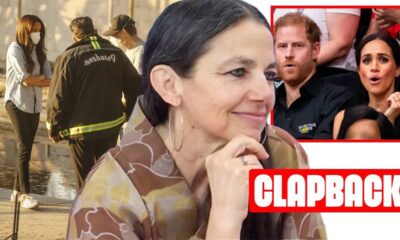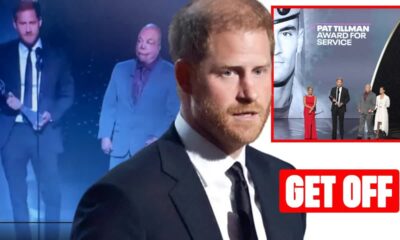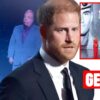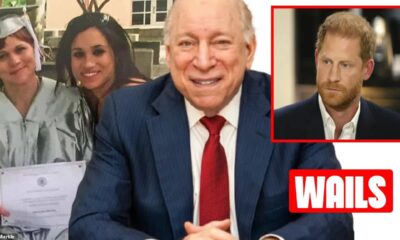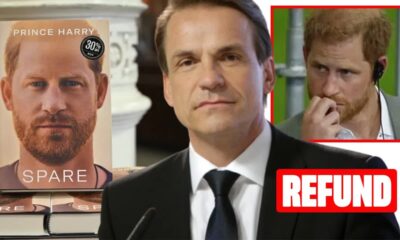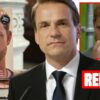Must Read
Duchess Sophie and Edward’s Royal Journey: A Comparison to Prince Harry and Meghan Markle
In the realm of British royalty, the paths taken by different couples often reveal intriguing narratives of change and adaptation.
One such tale is that of Prince Edward and Sophie, Duchess of Edinburgh, who have navigated a unique journey within the royal family.
Their story bears resemblance to that of Prince Harry and Meghan Markle, yet with distinct nuances that set them apart.
Back in 1999, when Prince Edward and Duchess Sophie tied the knot, they were not immediately thrust into the spotlight as full-time working royals.
Unlike their current roles, they initially attempted to strike a balance between their personal careers and royal duties.
Edward, a film producer at the time, and Sophie, a seasoned publicist, found themselves treading the delicate line between their professional pursuits and royal obligations.
Fast forward to 2002, a pivotal year for the couple, as they made the significant decision to transition into full-time royal responsibilities.
This shift marked a turning point in their journey, setting them on a trajectory that would eventually solidify their roles as dedicated members of the royal family.
Royal expert Rachel Birchfield shed light on the evolution of Edward and Sophie's royal status over the past two decades.
Drawing parallels to the recent developments involving Prince Harry and Meghan, Birchfield highlighted the changing dynamics within the royal household.
She emphasized that the concept of being “half-in, half-out” of royal duties, once embraced by Edward and Sophie, no longer aligns with the current expectations placed on royal family members.
The shift in approach became evident in 2020 when Queen Elizabeth made a decisive ruling regarding Prince Harry and Meghan's desire to pursue a part-time royal arrangement.
Unlike Edward and Sophie, whose transition to full-time royal duties was a natural progression, the circumstances surrounding Harry and Meghan's request differed significantly.
Birchfield underscored the notion that the royal landscape has evolved, necessitating a reevaluation of traditional practices.
While acknowledging the challenges faced by the royal firm in adapting to modern demands, she expressed confidence in King Charles's commitment to upholding the standards set by his predecessors.
Looking ahead, speculation arises regarding the potential roles of Princess Beatrice and Princess Eugenie within the royal family.
Both women have carved out unique paths outside traditional royal duties, with Beatrice excelling in the tech industry and Eugenie making her mark in the art world.
Their ability to sustain themselves financially without government funding sets them apart in the royal sphere.
As Beatrice and Eugenie embrace motherhood while pursuing their respective careers, the question of their future roles within the royal family lingers.
With the monarchy undergoing shifts and adjustments, the contributions of these dynamic royal figures may prove instrumental in shaping the narrative of the British royal family in the years to come.
